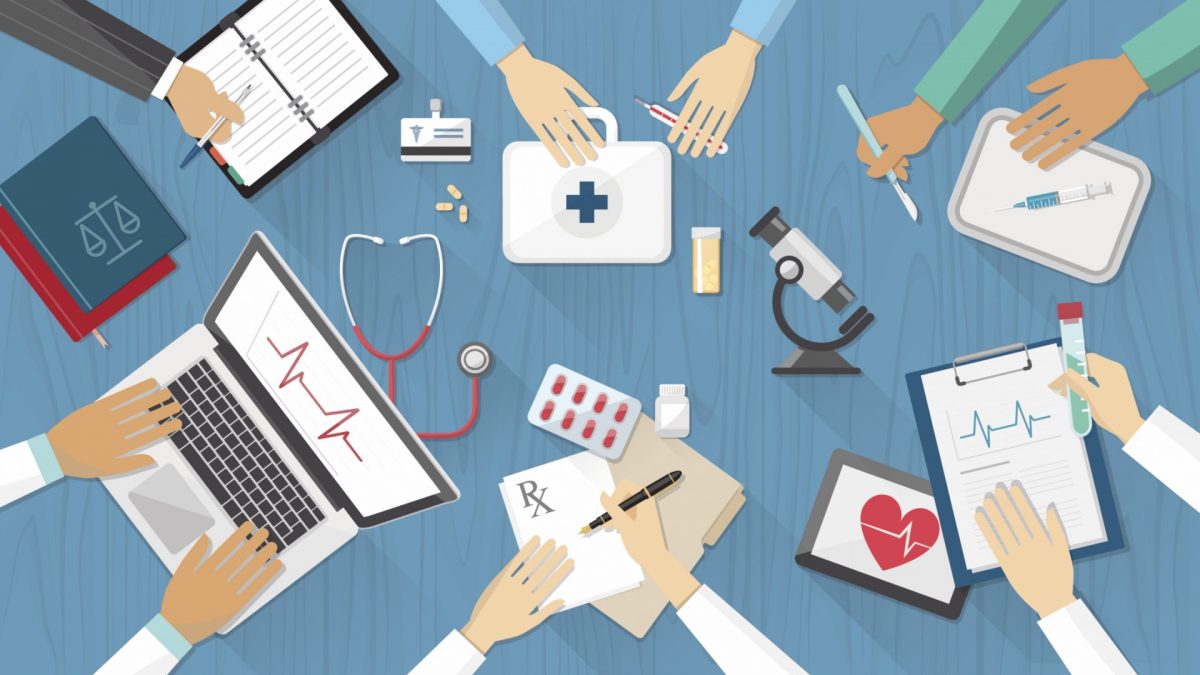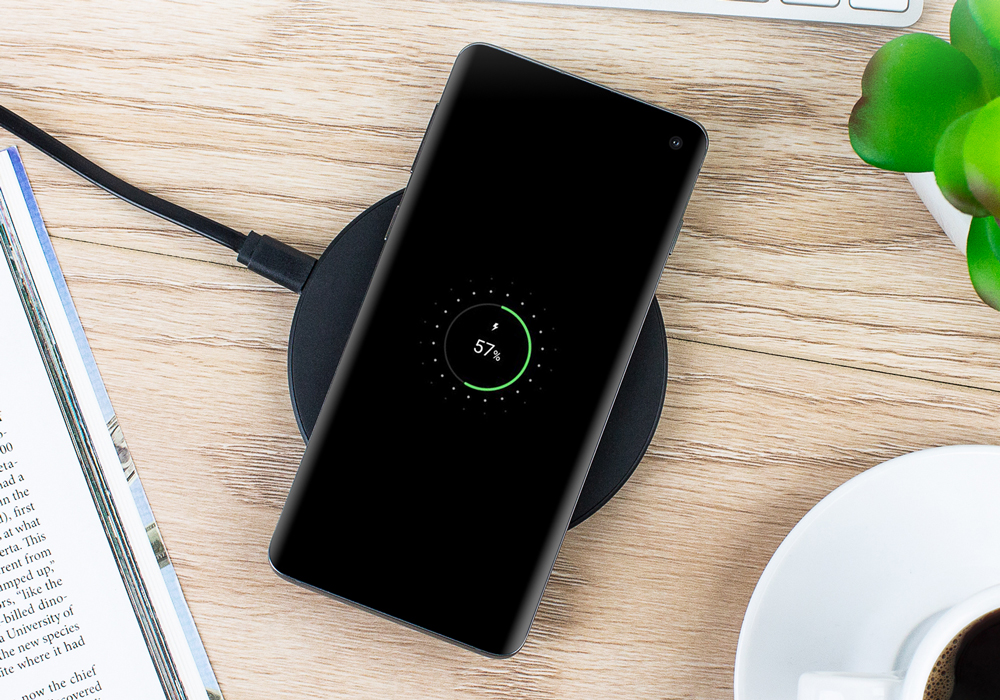Imagine not having to go to your doctor each time you need prescriptions, when a part of your body hurts or if you simply want some advice. Amazon is early on this new trend and tried to launch two different platforms which simplified the pharmacy industry. The marketing of the platform sounds almost too good to be true, with Amazon calling it “A new kind of healthcare that is built around you, your life and your schedule” (Amazon Care, 2022). Even though it sounds like a breakthrough, both the platform Amazon Care and Haven Healthcare failed within just a few years. Why do these platforms fail and is there hope for the future?
Artificial Intelligence can be used in the pharmacy industry to speed up certain processes. It can, for example, detect speech and text patterns to determine how a patient is feeling, and determine the best prescription for that data (Quinn, 2022). Other implications include more efficient drug development, driverless deliveries, sentiment analysers and more efficient clinical trials (Quinn, 2022).
Amazon Care decided to shut down their high-profile health startup (Rosenbaum, 2022). It was supposed to be the solution for their employers to have cheap and easy healthcare, but it did not take off. The reason for this is that they failed three crucial steps. They were unable to succeed in simplifying the prescription process, could not experiment and use data & analytics to create new applications, and did not use recombination (Huckman and Staats, 2022).
Its predecessor Haven Healthcare, was a collaboration between Amazon, Berkshire Hathaway and JPMorgan Chase and was formed to “provide U.S. employees and their families with simplified, high-quality, and transparent health care at a reasonable cost” (Toussaint, 2021). The reason why this platform failed is divided into three aspects. The collaboration had insufficient market power, had perverse incentives and finally had poor timing (Toussaint, 2021).
Amazon is not giving up yet, because they are considering entering the Japanese pharmacy industry. Consumers in Japan will get the option to get their prescriptions delivered at home, and would not have the hassle of going to a pharmacy store (Ungarino, 2022). If Amazon wants to succeed in this industry globally, it still has a long way to go. There are multiple challenges that the company will have to face. Firstly, the health care in the United States is, in comparison to Japan, complex and will take a lot of time to rewrite. Experts doubt whether creating a platform for healthcare is too innovative for American citizens (Huckman and Staats, 2022). Next to that, it’s important that Amazon looks for ways to make the insurance also affordable for 65 year olds and older, because predecessors could not succeed (Toussaint, 2021).
Perhaps there will be a revolutionary change in the pharmacy industry, but Amazon is not there yet. We will see what the future brings. What are your thoughts on digital healthcare and driverless delivery of prescriptions?
References:
Amazon Care (2022). Healthcare made easy. Amazon. Retrieved October 3, 2022, from https://amazon.care/
Huckman, R.S. & Staats, B. (2022, August 3). How Will Amazon Approach U.S. Primary Care? Harvard Business Review. Retrieved October 3, 2022, from https://hbr.org/2022/08/how-will-amazon-approach-u-s-primary-care
Quinn, J.P. (2022, June 13). AI in Pharmacy: How will it change things? Pharmacy mentor. Retrieved October 3, 2022, from https://www.pharmacymentor.com/ai-change-pharmacy/
Rosenbaum, E. (2022, August 28). Where Amazon is heading in health after the Amazon Care failure. The Bottom Line. Retrieved October 3, 2022, from https://www.cnbc.com/2022/08/28/where-amazon-is-heading-in-health-after-the-amazon-care-failure.html
Toussaint, J.S. (2021, January 6). Why Haven Healthcare Failed. Harvard Business Review. Retrieved October 3, 2022, from https://hbr.org/2021/01/why-haven-healthcare-failed
Ungarino, R. (2022, September 6). Amazon is considering entering Japan’s prescription drug market in 2023, report says. Business Insider. Retrieved October 3, 2022, from https://www.businessinsider.com/amazon-healthcare-japan-prescription-drug-sales-market-2022-9?international=true&r=US&IR=T


